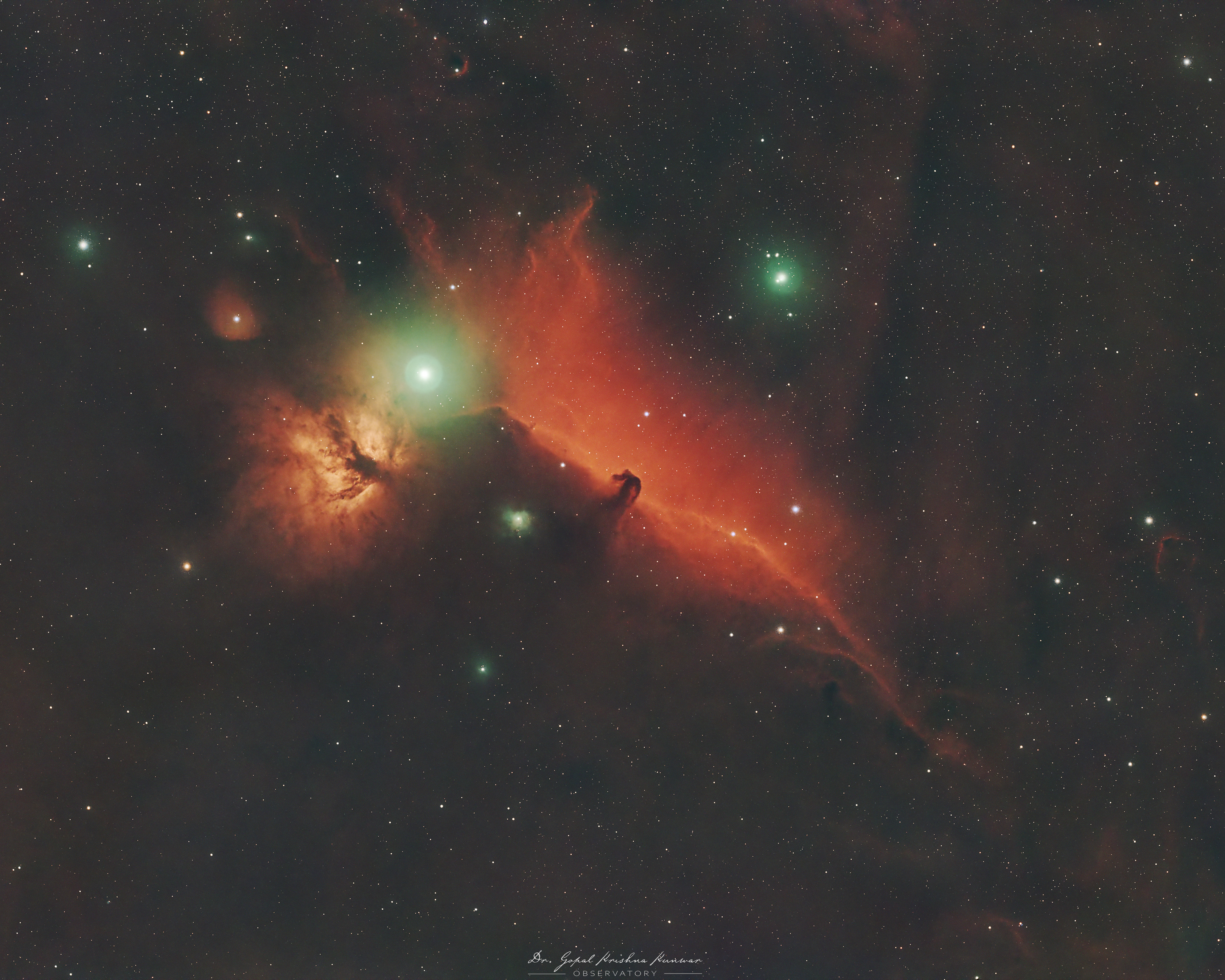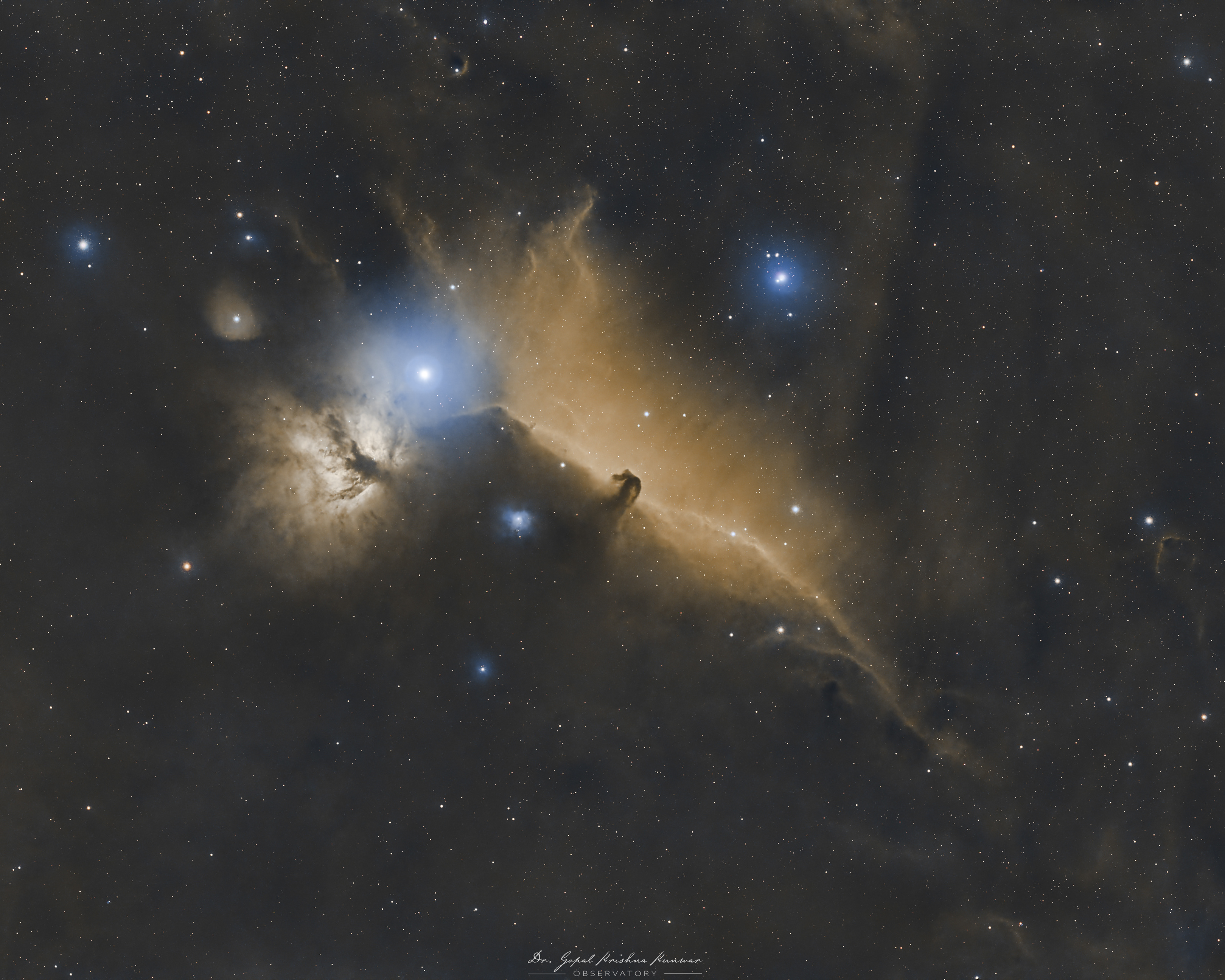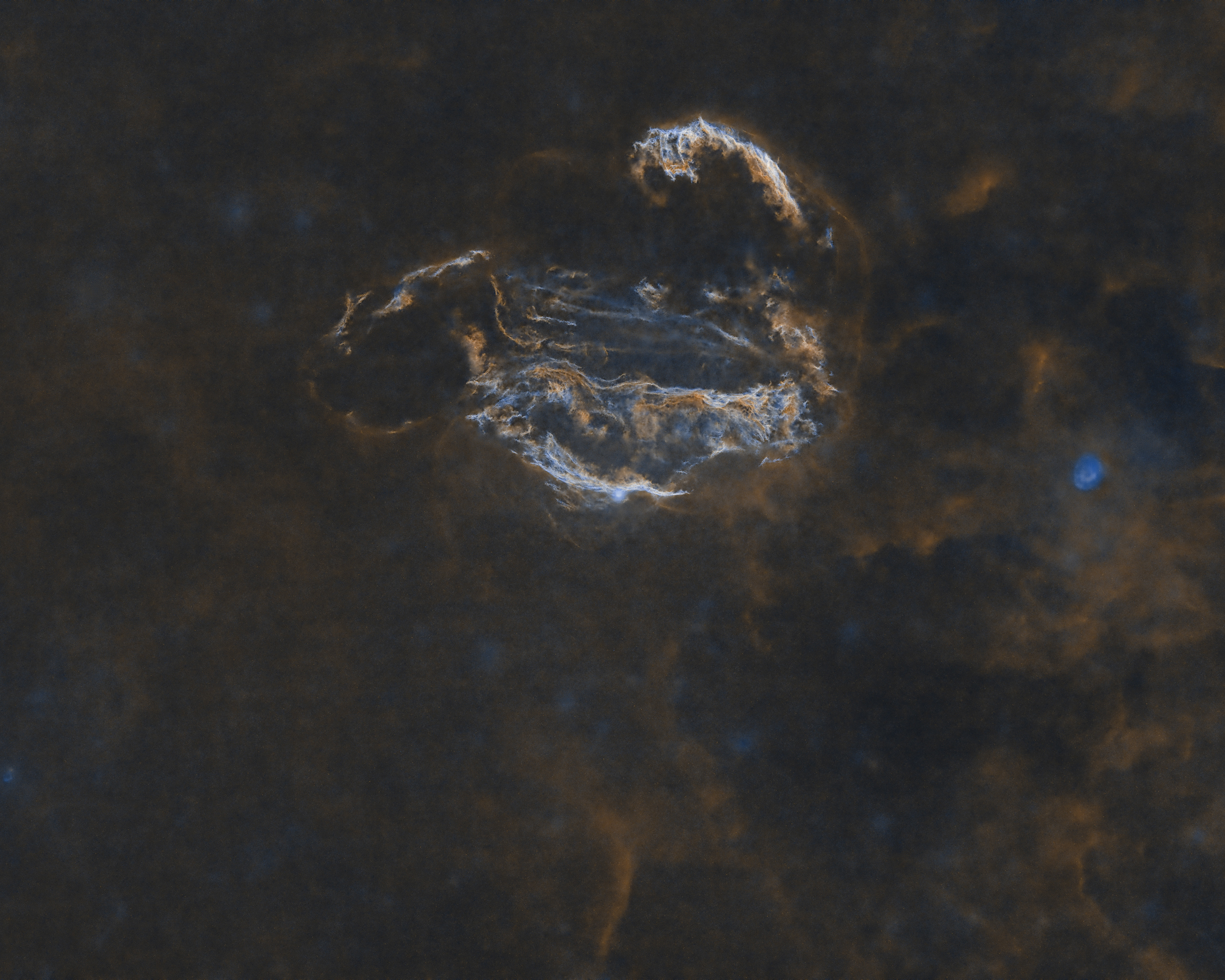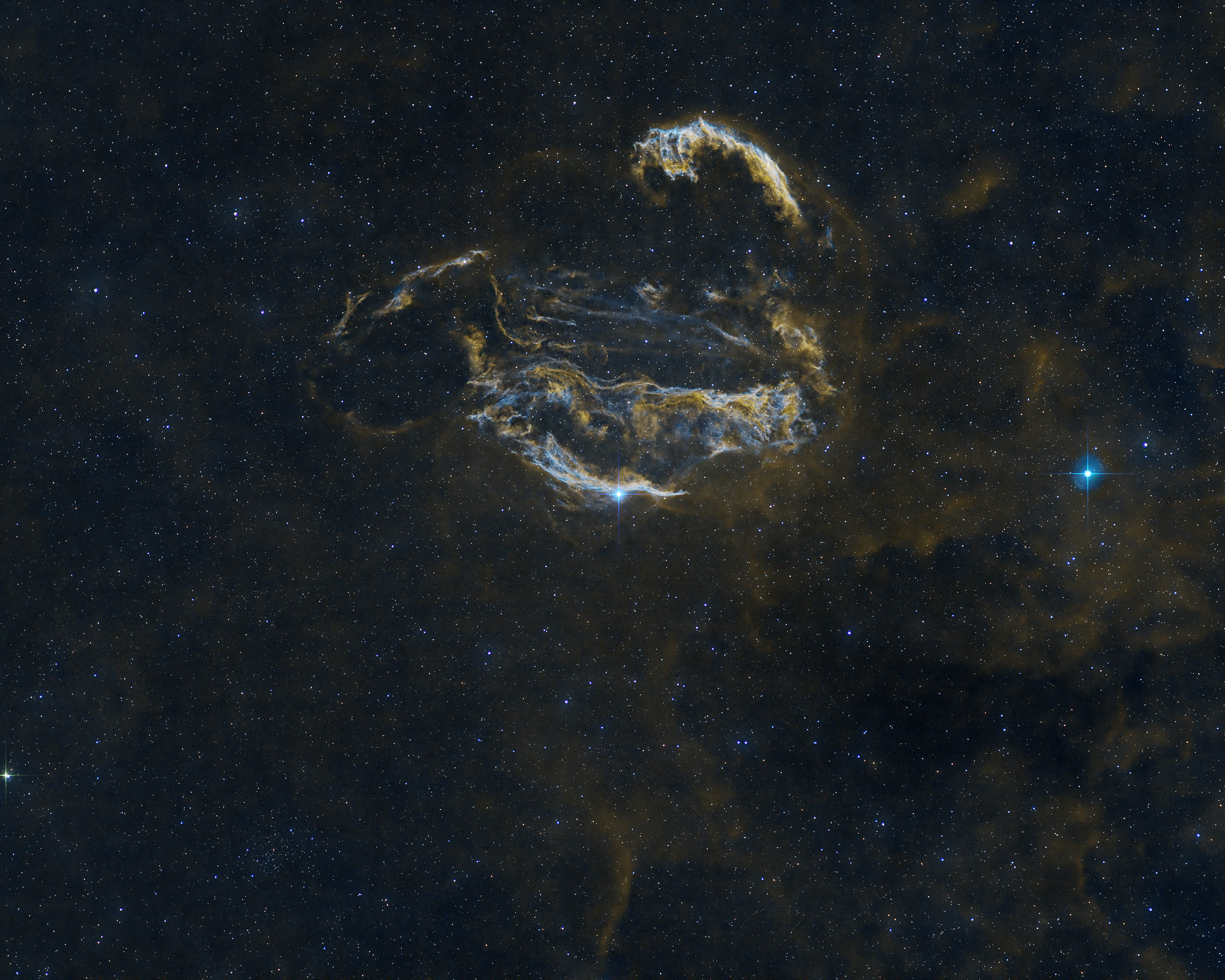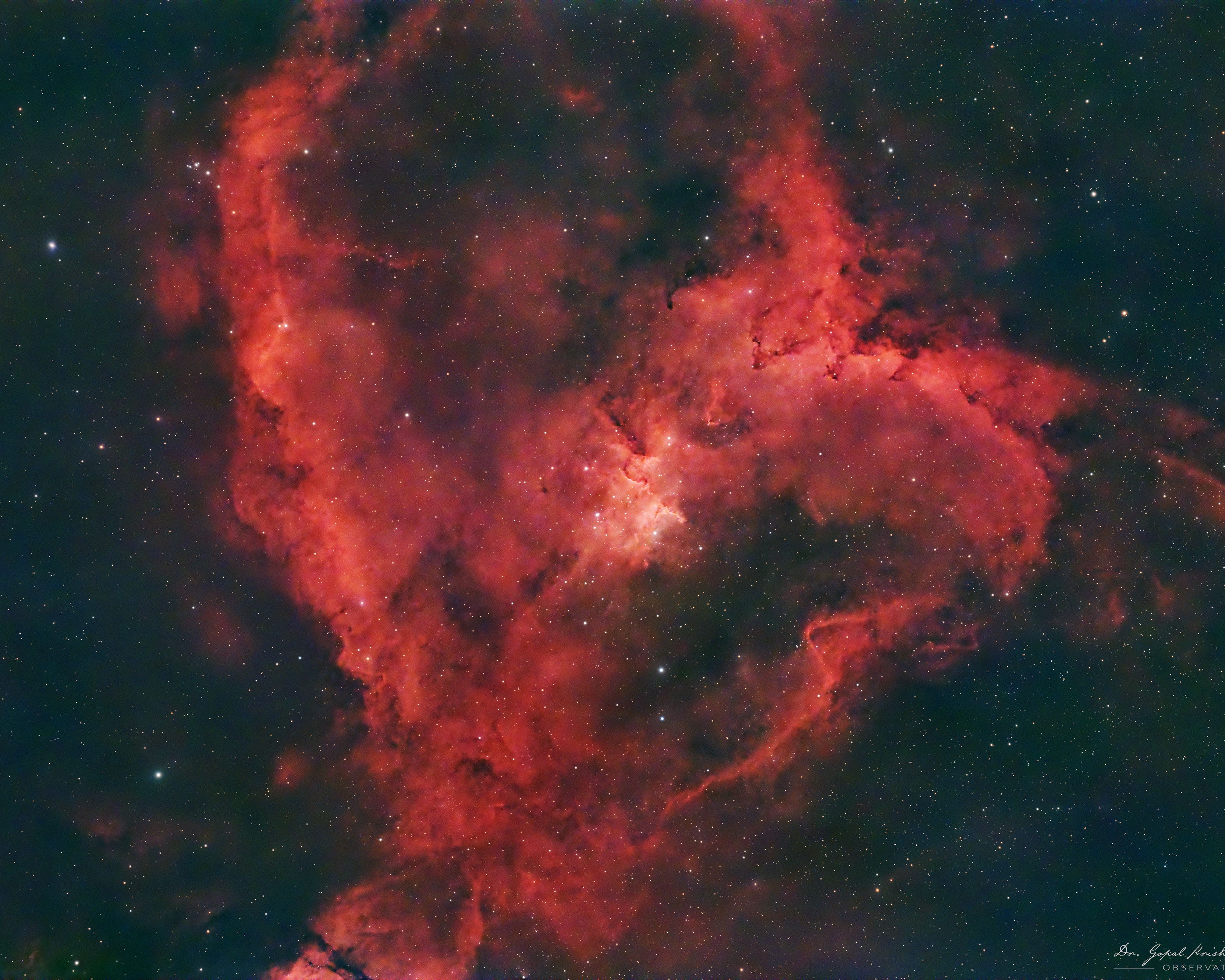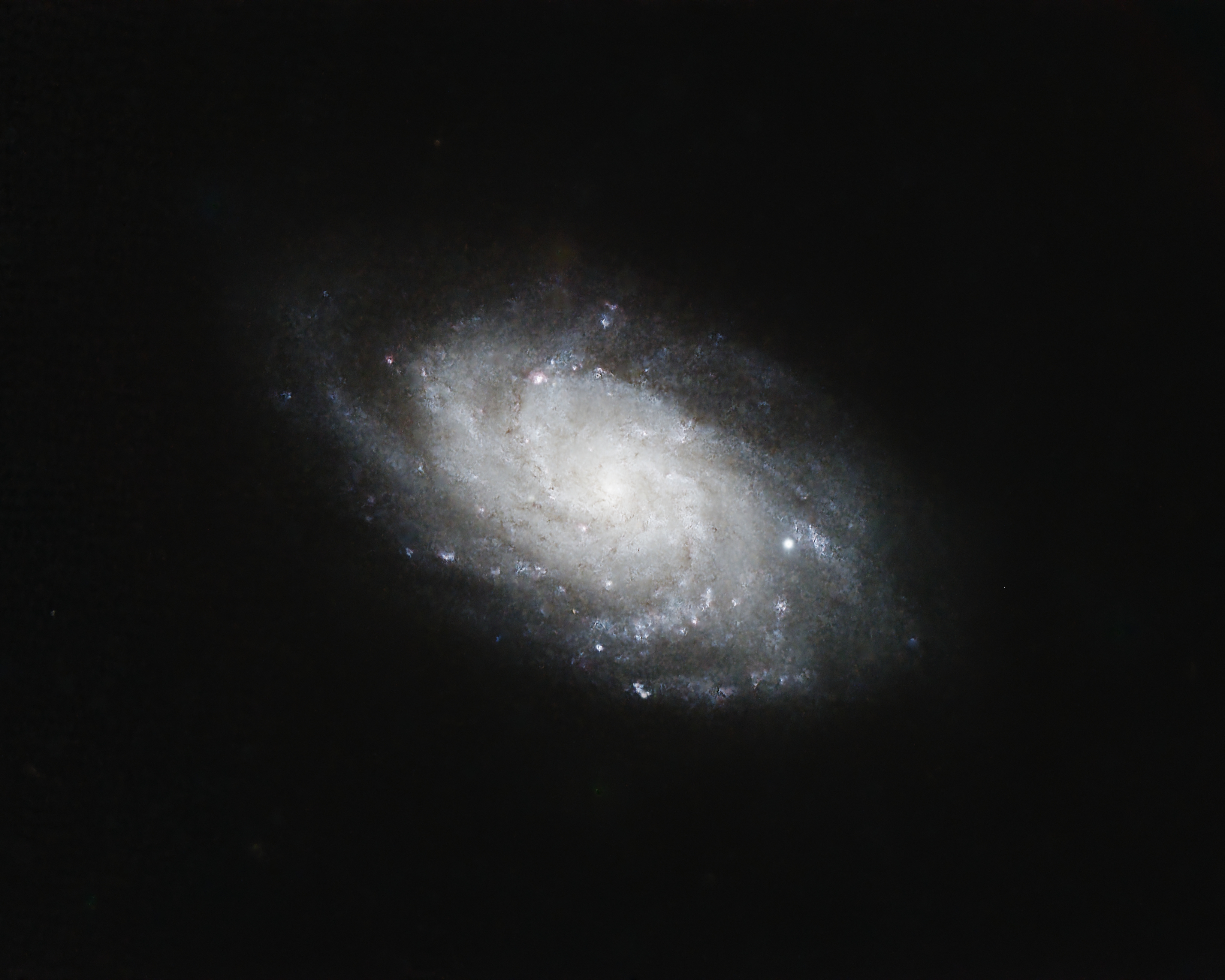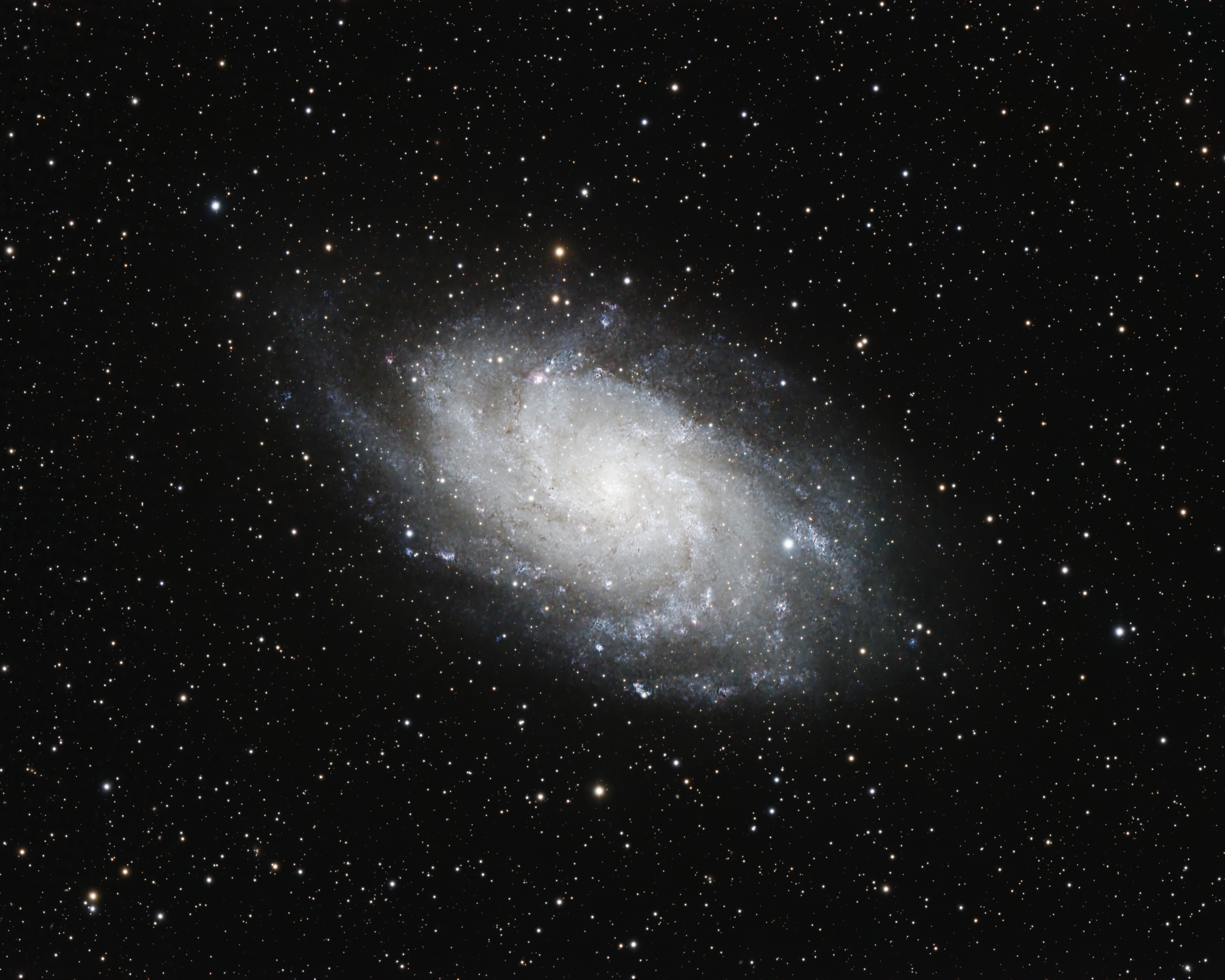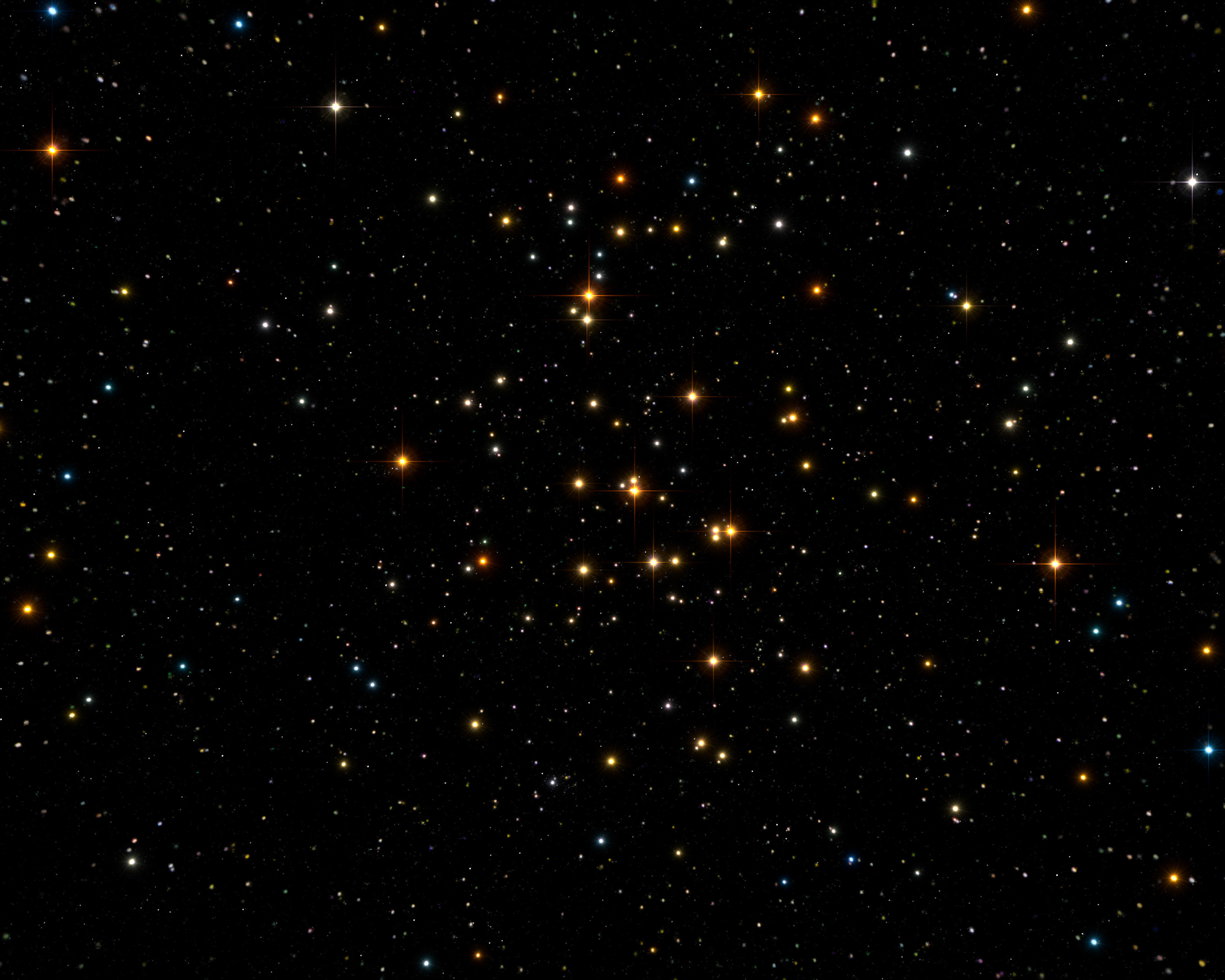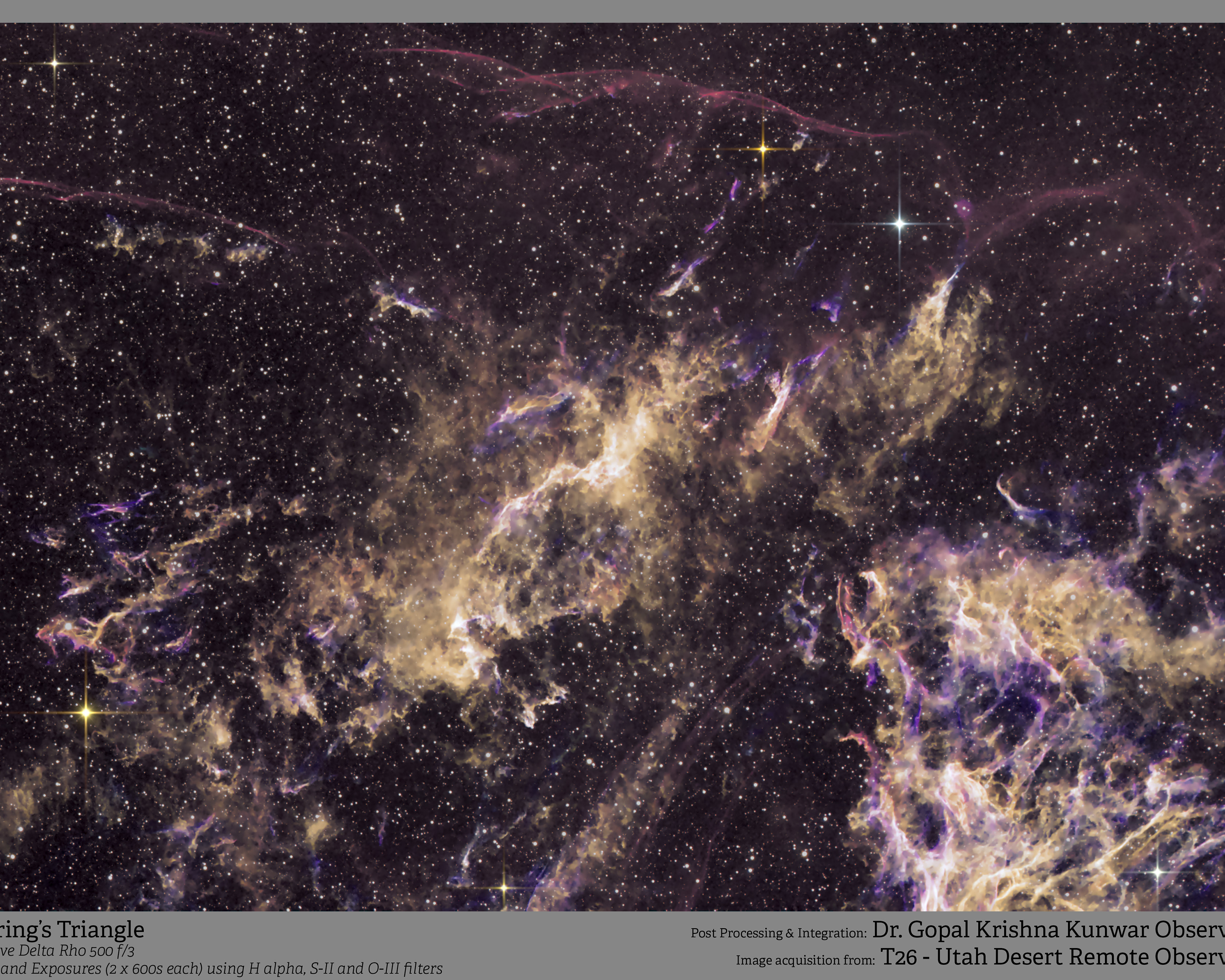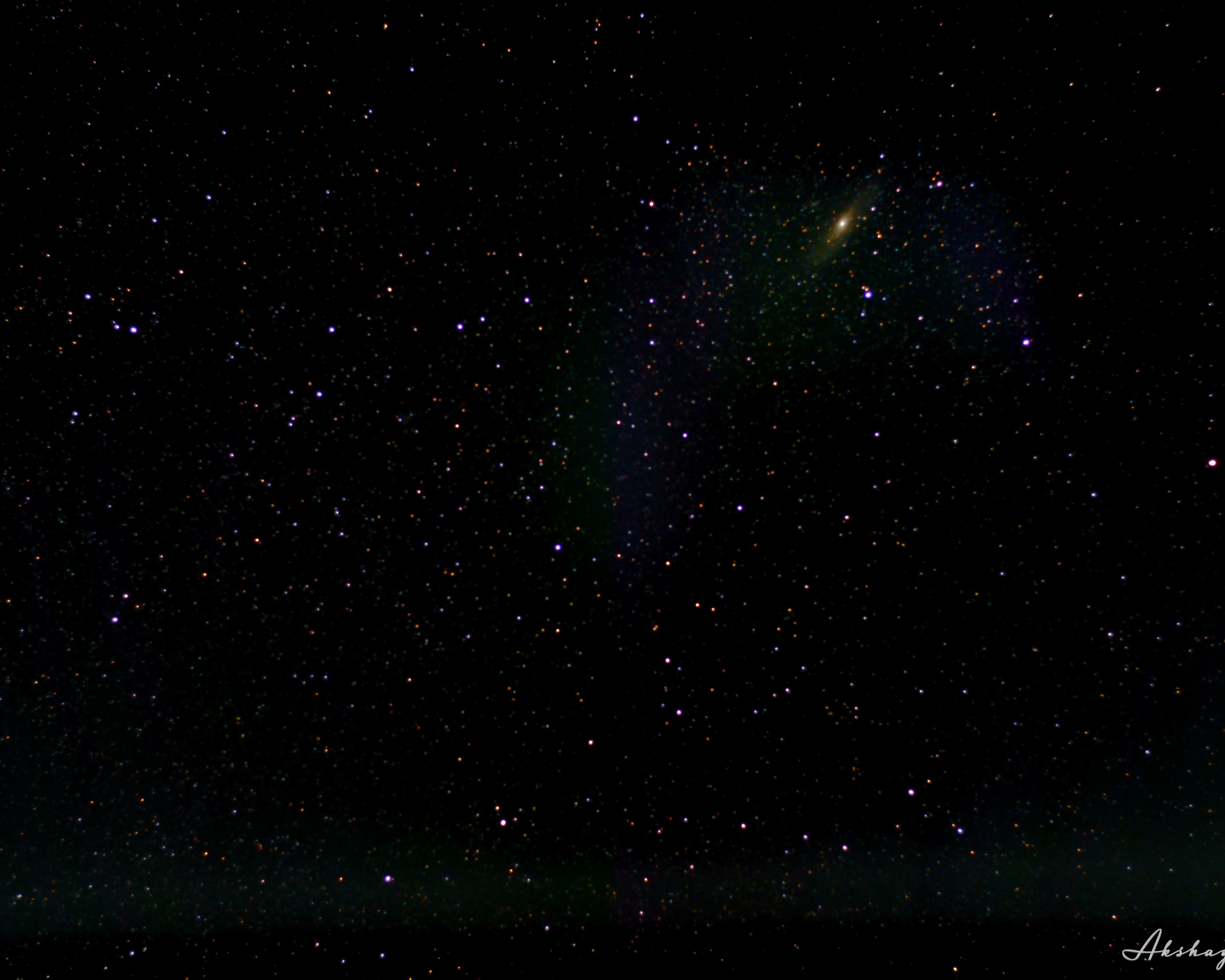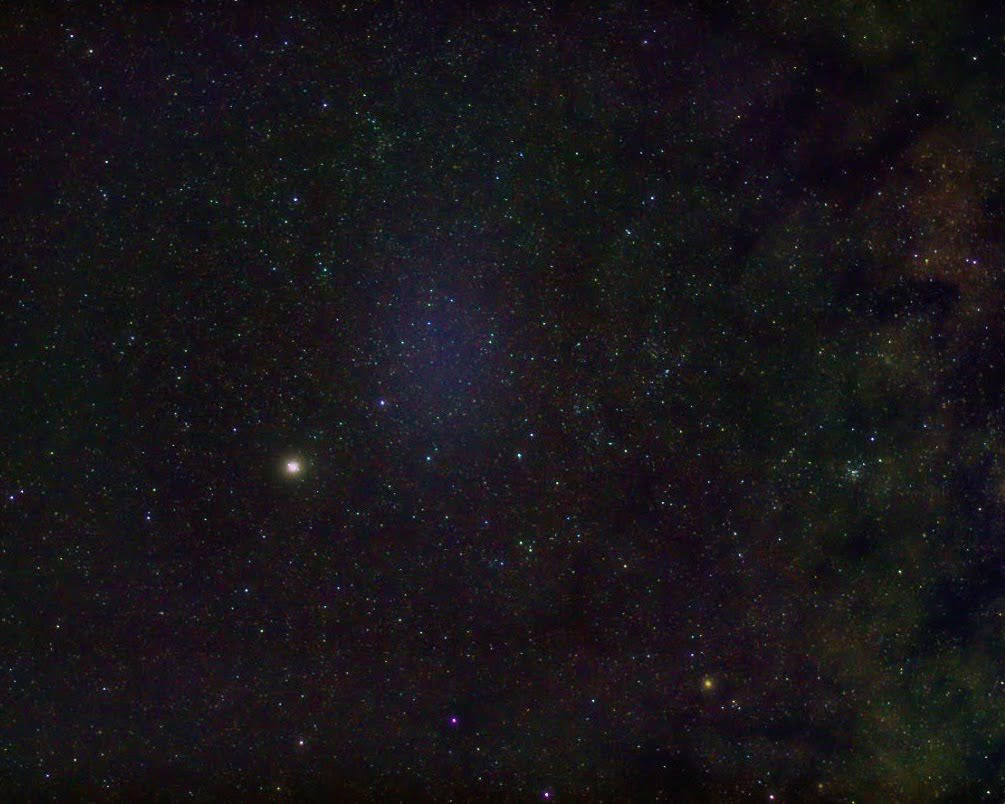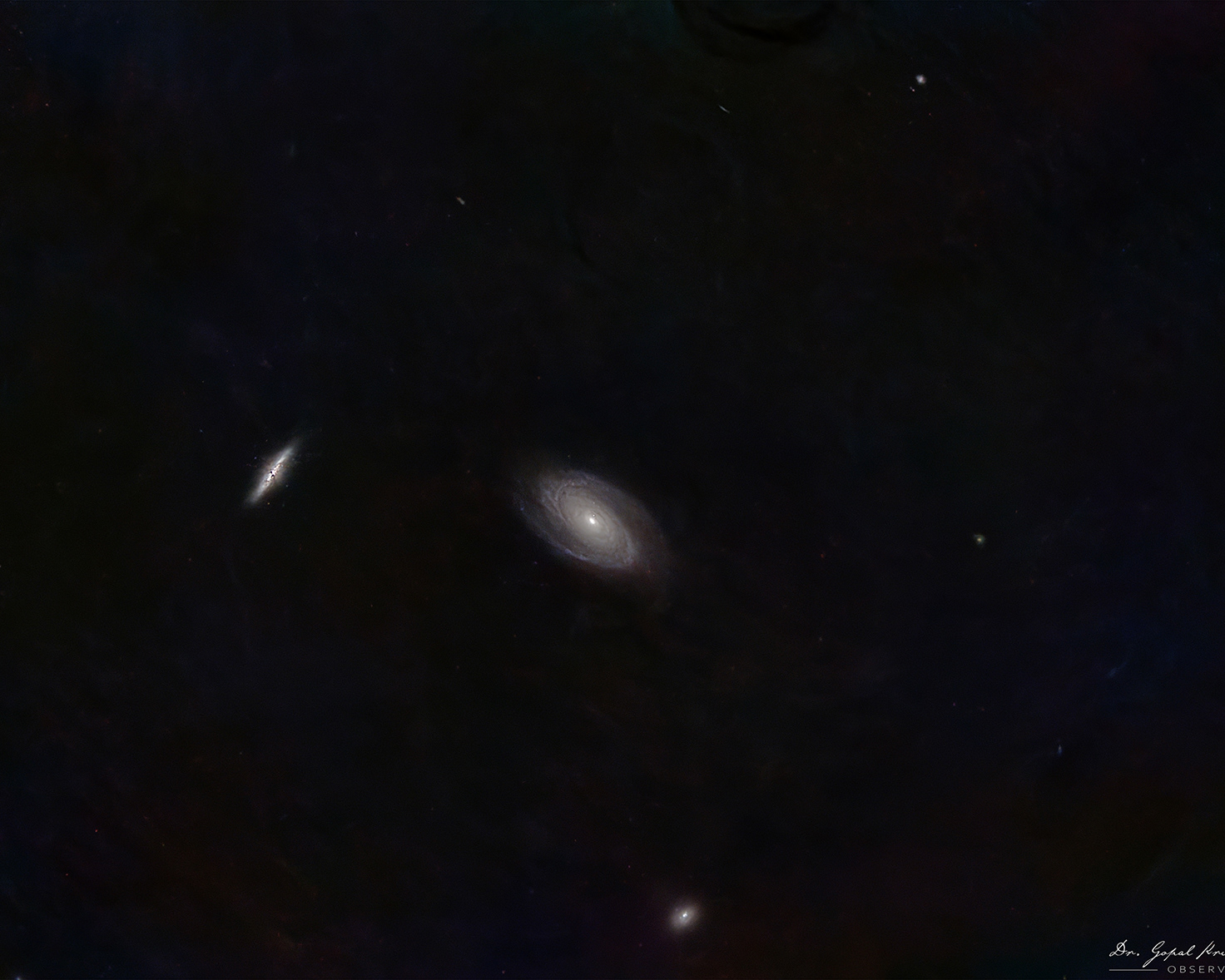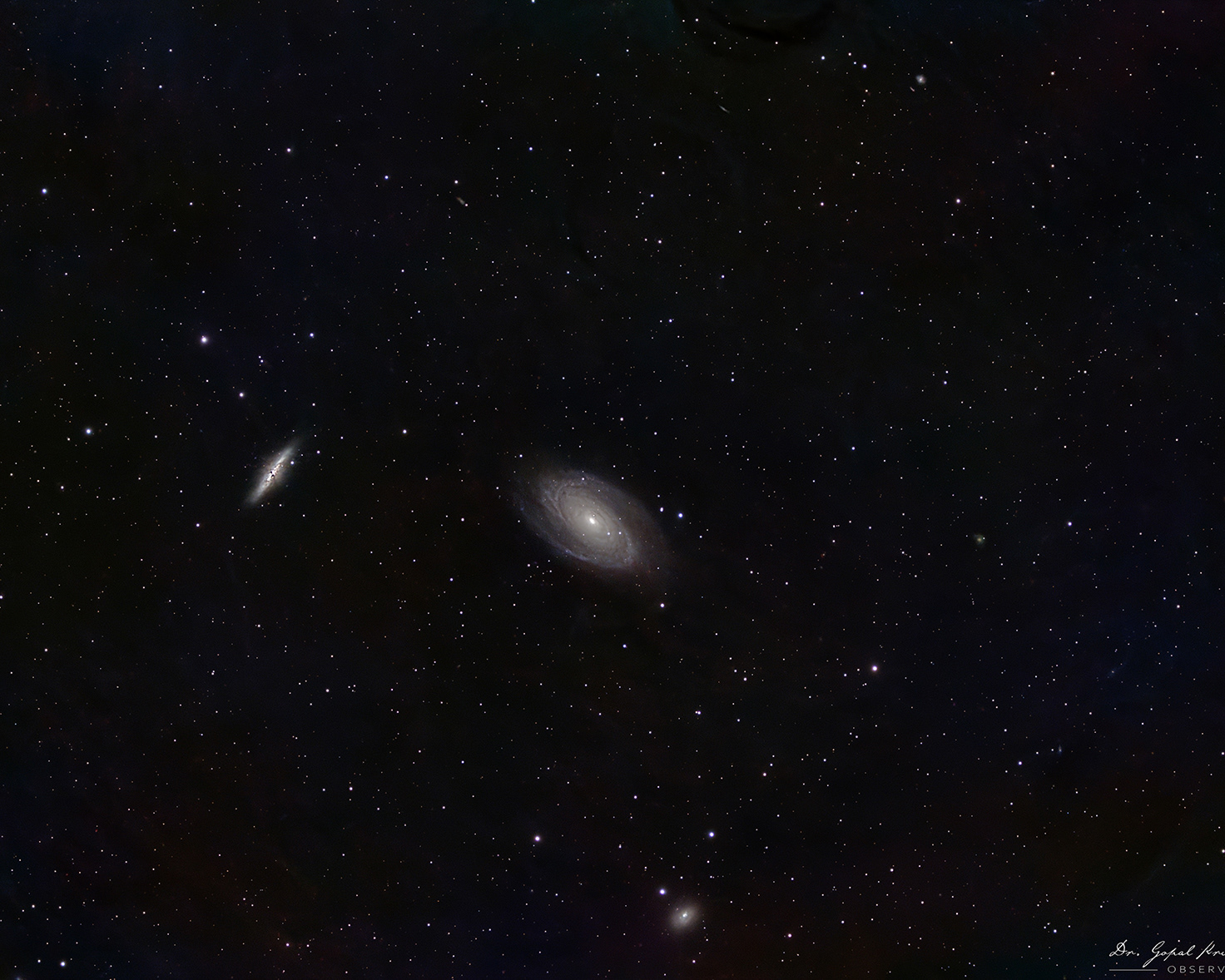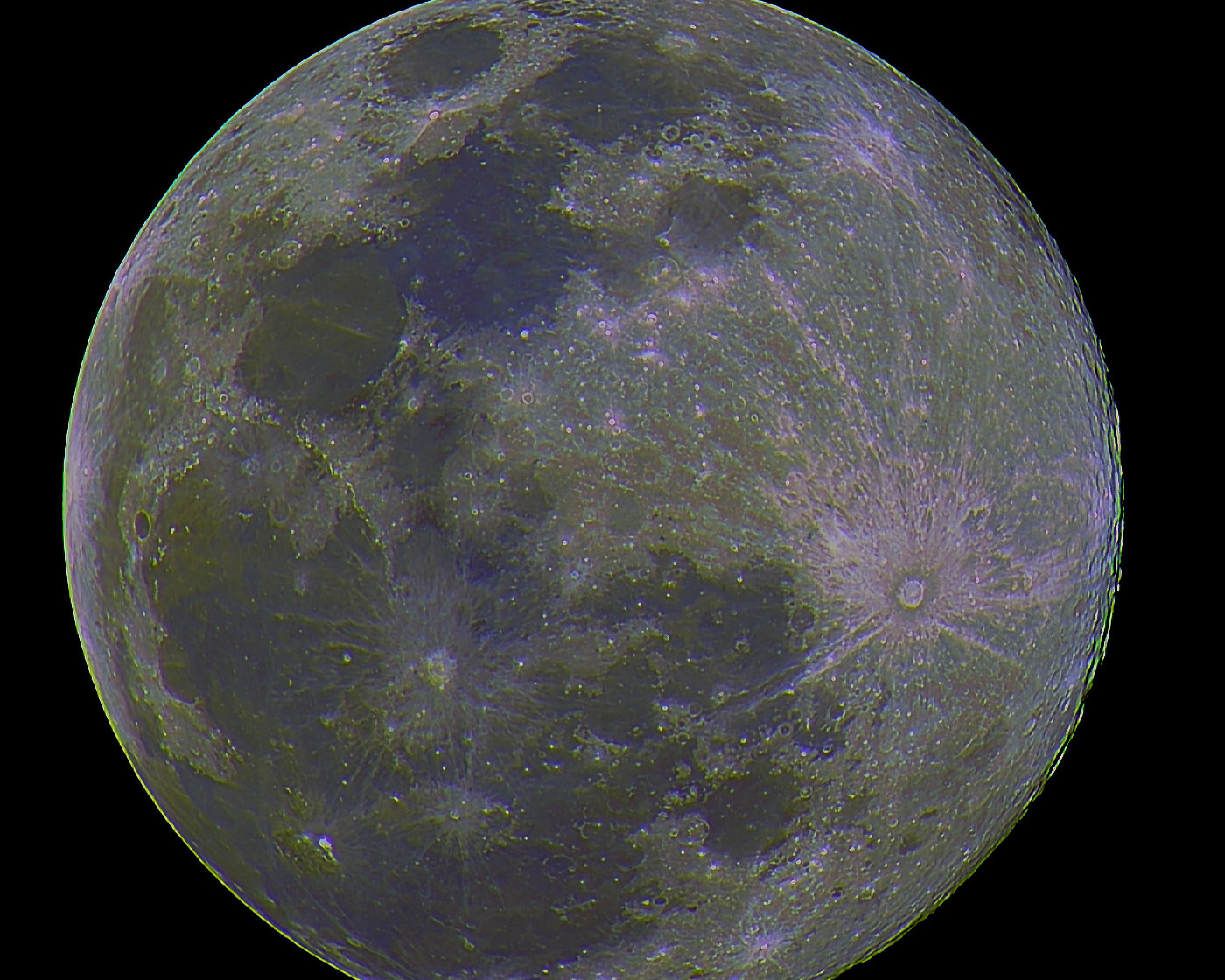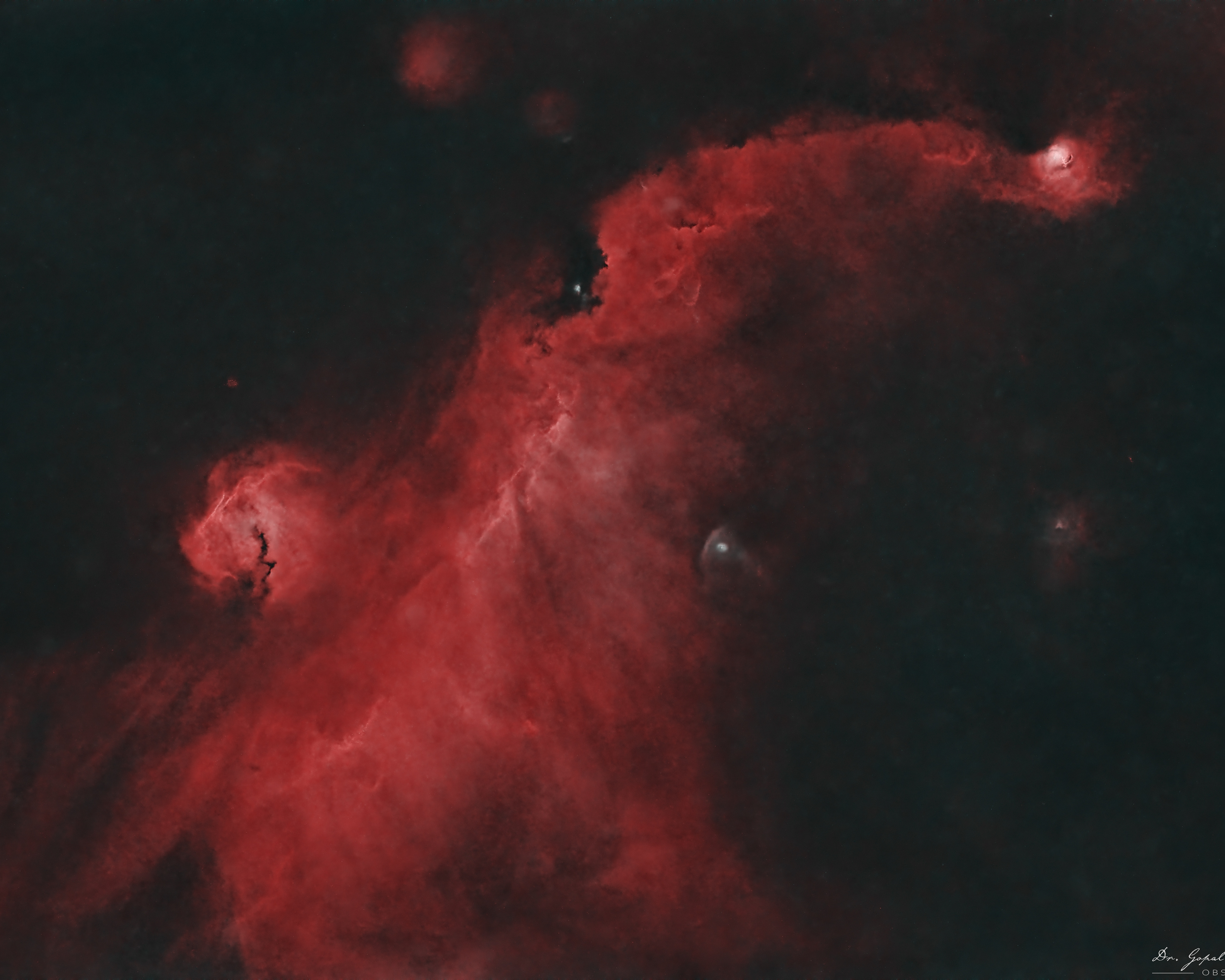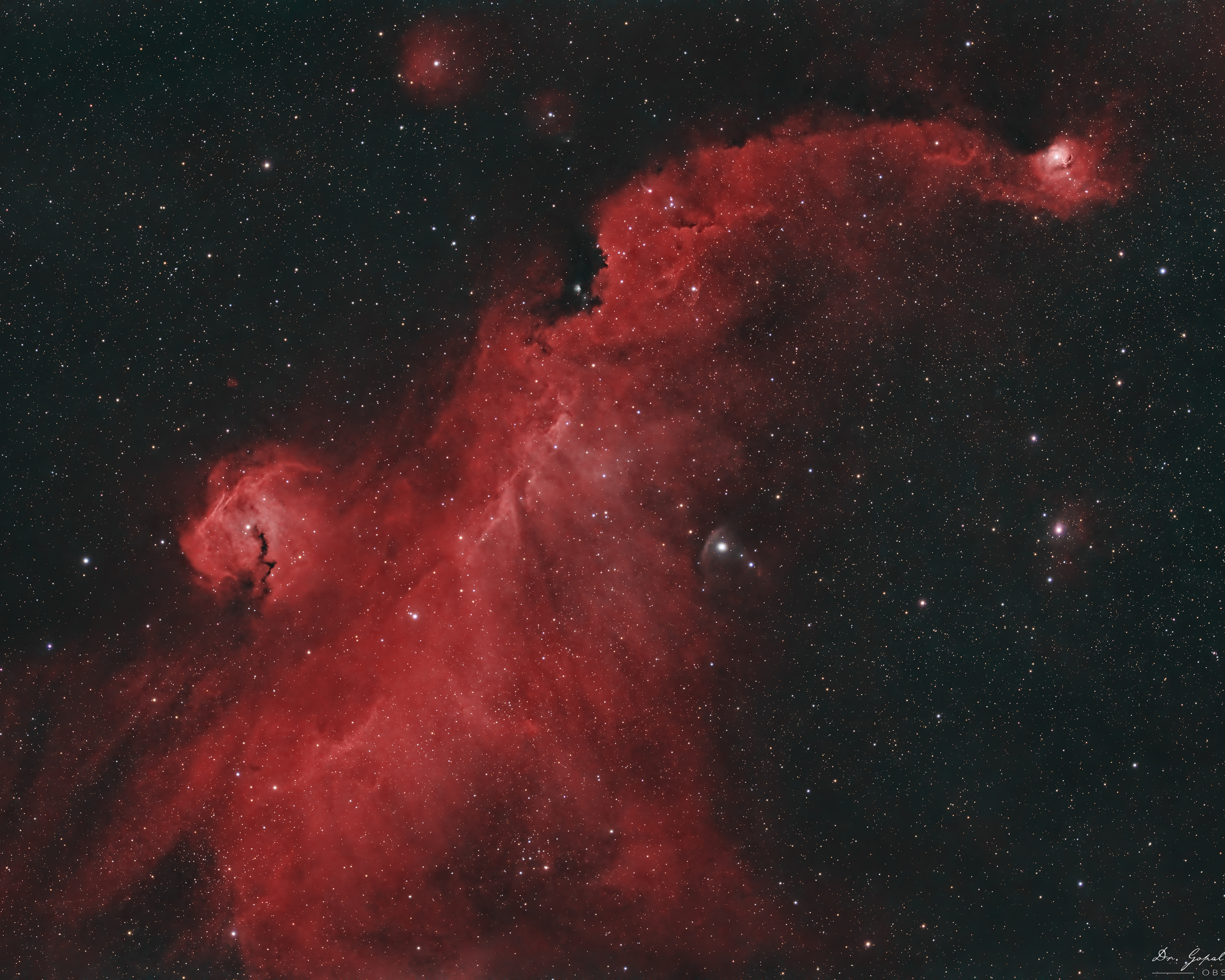The Pinwheel Galaxy: A Grand Spiral in Ursa Major
The Pinwheel Galaxy, designated as Messier 101 (M101), is a face-on spiral galaxy located in the constellation Ursa Major. Situated approximately 21 million light-years away, this galaxy is a stunning example of a grand-design spiral structure, showcasing beautifully distinct and well-defined spiral arms. With a diameter of nearly 170,000 light-years, M101 is significantly larger than our own Milky Way Galaxy, spanning an immense cosmic expanse.
Discovered by Pierre Méchain in 1781, M101 became one of the celestial objects cataloged by Charles Messier. This galaxy is notable for its high star formation rate, particularly in its arms, which are sprinkled with bright H II regions—areas rich in ionized hydrogen where new stars are actively forming. It is estimated to host over a trillion stars, many of which are accompanied by clusters and regions of intense stellar activity.
M101 is not a solitary wanderer in the vastness of space—it is accompanied by several satellite galaxies, including NGC 5474, NGC 5477, and NGC 5585, making it a focal point in a small galactic group. Astronomers also recognize M101 as a galaxy with an asymmetrical structure, likely shaped by gravitational interactions with its neighboring galaxies. One of the most striking aspects of M101 is its exceptionally detailed spiral structure, easily visible in deep exposures. Its swirling arms contain a mix of young, hot blue stars and older, cooler red stars, while dark dust lanes thread through the structure, providing contrast and depth.
Messier 101, the Pinwheel Galaxy, captured under the glow of city lights. A bold step into broadband imaging from heavily light-polluted skies
My Imaging Journey: Breaking Barriers in Light-Polluted Skies
Until now, my imaging was largely restricted to narrowband targets due to the extreme light pollution of my Bortle 8-9 skies. However, galaxies are fundamentally broadband objects, meaning they require a different approach—one that I had not yet explored. With no broadband filters at my disposal, I decided to take a leap of faith and attempt this image without any filters.
My imaging session began each night with the Seagull Nebula, which I captured from 8 PM until around 1:30–2 AM. Once the Seagull Nebula imaging concluded, my rig would slew to M101, which was at an altitude of 40 degrees, continuing to rise towards astronomical dawn. While I knew the conditions were far from ideal, I was eager to test the limits of my setup. My William Optics 71GT APO, being a wide-field scope, was not the perfect instrument for such a small target. As a result, the original image contained numerous background galaxies, but due to severe gradients caused by light pollution and a camera rotation mishap (resulting from disassembling the rig for camera cleaning), I opted to crop the final version to focus on M101 itself.
I collected data for this image over three nights: 18th, 25th, and 26th January 2025. Unfortunately, I had to discard all data from the 19th, as my camera ended up slightly defocused when shifting over from the Seagull Nebula. Despite this setback, I managed to gather approximately 5 hours of total exposure time across the successful nights.
Despite these challenges, this image holds special significance for me. I had always hesitated to capture galaxies, fearing that the intense light pollution would wash out any details. While this is not the cleanest image I have ever produced, it marks a turning point—it proves that broadband imaging is possible, even under difficult conditions. This success has given me the confidence to experiment with longer focal lengths, smaller targets, and broadband filters to further enhance my galaxy imaging capabilities.
This image is more than just a picture of M101—it is a milestone, a testament to growth, and a reminder that astrophotography is as much about the journey as it is about the final result.
View also: The Seagull Nebula
Messier 101 stripped of its stellar companions, revealing the raw beauty of its swirling arms against the cosmic abyss
Acquisition details:
Imaging Telescopes: William Optics Gran Turismo 71 / GT71 with 0.8x field flattener and reducer
Imaging Cameras: ZWO ASI294MC Pro
Mount: iOptron CEM40
Filter: None
Other equipment: ZWO ASIAIR Pro, ZWO EAF
Software: Adobe Photoshop · Pleiades Astrophoto PixInsight
Guiding : William Optics 50mm Guide Scope G50ii, ZWO ASI120MM
Total Integration: ~5 hours (30 second sub-exposures)
Imaging Cameras: ZWO ASI294MC Pro
Mount: iOptron CEM40
Filter: None
Other equipment: ZWO ASIAIR Pro, ZWO EAF
Software: Adobe Photoshop · Pleiades Astrophoto PixInsight
Guiding : William Optics 50mm Guide Scope G50ii, ZWO ASI120MM
Total Integration: ~5 hours (30 second sub-exposures)
